 |
|
I Ching and the Human Body 2014 Class Four
The Month of June
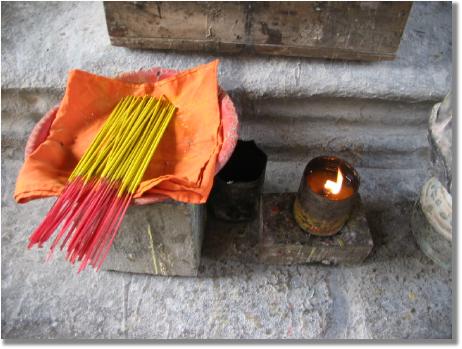
 June 2014 Class Four - Part 1 - I Ching Foundations: Please study this page with Audio Lecture - ICHB4Part1.MP3
June 2014 Class Four - Part 1 - I Ching Foundations: Please study this page with Audio Lecture - ICHB4Part1.MP3
Stephen Karcher from his book, Total I Ching: Myths For Change (pages 1-3, 11-12)
Change
This book consists of sixty-four figures of symbols (xiang), often referred to as "hexagrams" and "trigrams" (gua). These symbols are combinations of linear diagrams, short vivid pronouncements and chains of association. You do not so much read Change, however, as talk with it. The figures only truly come alive in response to an individual question. The book then "speaks to your situation", giving you a mirror that "reaches the depths, grasps the seeds and penetrates the wills of all beings under Heaven."
Change and Response
The most important word in the book is its name, yi, usually translated as Change or changes. Philosophically, yi is primordial change, the mutations or transformations that initiate the process of generation and transformation in all the Myriad Beings, the Wanwu... Change is usually perceived as destabilizing change, the precursor of a paradigm shift. It is a challenge to the fixed, overdeveloped, oppressive or outmoded... (Change) is also the response: versatility and imaginative mobility, openness, fluid and light, not difficult and heavy. It suggests personal identity with a variety of imaginative stances, and imaginative mobility that reconnects you to the deep flow of the Dao or Way.
Going and Coming
Perhaps the best way to imagine Change is as a stream, a living stream of images, words, emblems and myths that marks the Way of Water, the fundamental image of the Dao. It is a flow of symbols, like the images in dreaming. The flow is described as wang lai, going and coming. It is a river of time on which the seeds and symbols of things flow toward us. "Going" represent what is leaving the field of awareness. It is the stream as it flows away from us, carrying away what is finished. It suggest the past, the dead and the waters of the dead... "Coming is the stream as it flows towards us, carrying the symbols that will unfold into events. It means what is arriving from the future, attracting good influences, what come from Heaven and the High Lord. It is the tree on the Earth Altar. It gives us the seeds, the spirits (shen) and the symbols (xiang) which they unfold into events.
Drala
The Way of Water has its source in prehistory, in the myth-time of the Paleolithic hunting groups and the Neolithic farming communities. It is associated with the activities of wu, the mediums and Intermediaries, and with the early moon cults, the women who read the Changes at the time of the Moon Almost Full (yue ji wang) to determine the precise point where Change was entering the world (ji).
Time and Divination
Divination is about questions, so let us ask a simple question and imagine the kind of answer we might get. The question is: What time is it? In ordinary life we look at the clock for an answer. However, when we use a divination system, we learn about another kind of time. The answer to the question might be: the right time, the moment of truth, time out, behind the times, making time, bedtime, doing time, keeping time. As divinatory phrases, all these expressions give an individual quality to time that depends on the individual who asks the question.
Now we all experience both of these kinds of time, but we see them as incommensurate. One goes on inside us, one goes on outside us. This difference marks the point where myth, imagination and spirit are split of from what post-Enlightenment Western thought has called scientific reality.
Divination, however, puts the time back together again. It tells you into a story of the time that connects outer and inner experience. It does not so much answer the question "What time is it?" as "Which time is it? What is the quality of this time and how does it affect me? What kind of change is at work in this moment?" It does this by providing a symbol (xiang). The word xiang, "symbol/symbolize," means an image, to imagine, to represent as a psychic image. It refers specifically to images that mediate between visible beings and the invisible world, models to which qualities and behavior of phenomena are attached.
Homework:
1. Offer to do an I Ching reading for a friend or acquaintance. Apply the principles above to your interpretation (and, of course, apply all the other aspects we have studied).
VTY Class Materials and
Other Information:
1. I Ching and the Human Body: Introduction
2. TRIBE (Class Roster)
3. Hexagram Titles Etymology
4. The Hexagram
5. Table of Contents of all classes
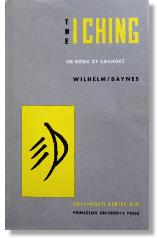
The classic "Wilhelm/Baynes" I Ching, the foundational text of our course.
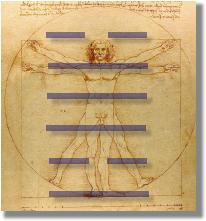
This class is based primarily on the I Ching, as both an ancient and contemporary system of wisdom that is found within the human body. (See last year's class, I Ching and the Human Body, for more illustrations and information.)

Use of the I Ching and practices of yoga and meditation are all ways of "invoking drala" or the spirit of guidance. Cultivating both courage and sensitivity to life attracts the drala or blessing that is universally available.
Texts
Over the course of the year, along with the Wilhelm/Baynes I Ching, these texts and others will be introduced. Purchasing them is optional, based on the degree of study you wish to pursue and your own predilection for translations you are drawn to.
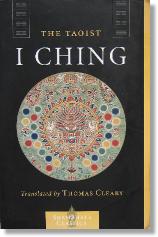
The Taoist I Ching, translated by Thomas Cleary.
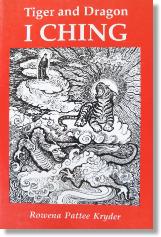
Tiger and Dragon I Ching, by Rowena Patee Kryder.
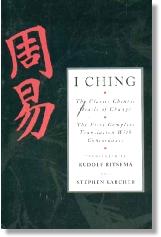
I Ching: The Classic Chinese Oracle of Change. Translated by Rudolf Ritsema and Stephen Karcher.

Gene Keys by Richard Rudd.
